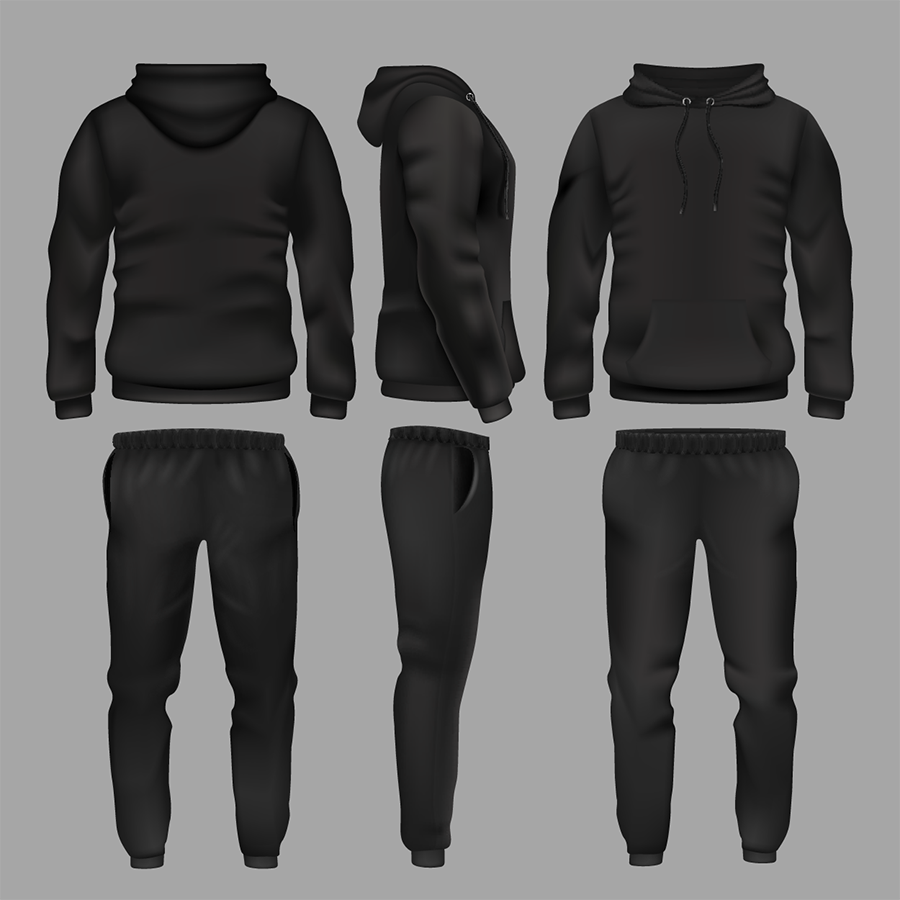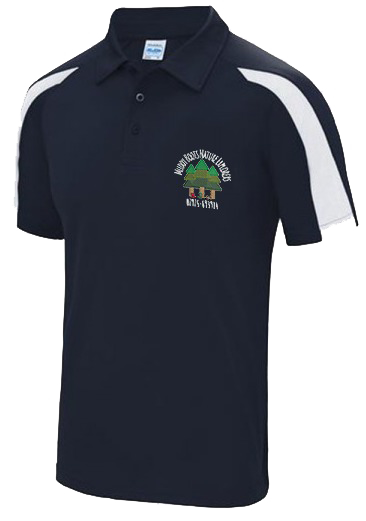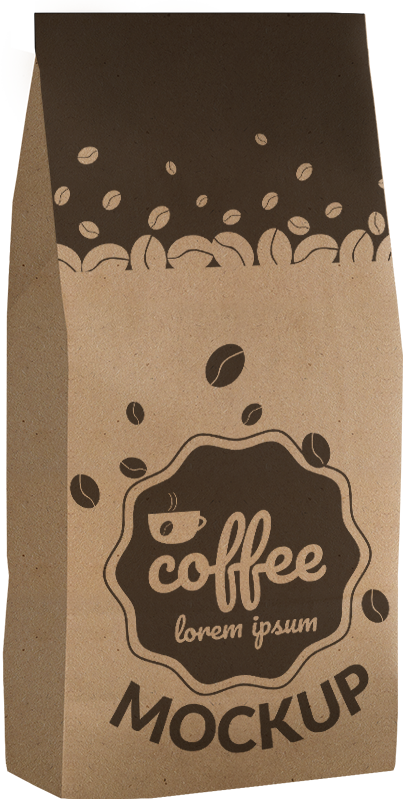
T-Shirt Printing in Ilford Redbridge, A Step-by-Step Guide

T-Shirt Printing in Ilford Redbridge, A Step-by-Step Guide
T-shirt printing is a fun and creative way to express yourself, promote your brand and make some extra money or create memories for your family reunion to be cherished for long. T shirts can never go wrong!
Whether you want to print your own designs or order custom-made shirts from a professional service, there are some basic steps you need to follow to get the best results. Here is a step-by-step guide to t-shirt printing that covers everything from choosing the right materials to washing and caring for your printed shirts.
Figure out the Purpose: Why You need a T shirt?
The foundation on which the whole design of your t shirt lays is the purpose. Having knowledge of the right design based on realistic ideas is the key. Are your t shirts going to be used a promotional gifts, or you plan to sell them as your merchandise or they are simply an event souvenirs, the design goes accordingly.
For example, a merchandise t shirt will be designed with high fashion priority as compared to t shirts designed for staff.
Know Your Budget
If you are planning to design your own t shirts, whether for personal use, for a business, or for a special event, you need to have a clear idea of how much money you can spend on the project.
Knowing your budget for t shirt designing is crucial to narrow down your options for materials, printing methods and designs and helps you to plan ahead and avoid any unnecessary costs and waste of resources.
Your budget helps in determining the printing technique you are going to use and the number and choice of colours as well. With some printing methods, a greater number of colours can be too costly and its better to go for less colours. Some printing methods are good for bulk printing while some are good for small orders because of high cost per shirt.
Higher quality t shirts tend to be more expensive, but they also last longer and look better depending on your budget. Hence it is wise to plan on your budget in order to decide on the printing method, the quantity, colours and the quality of fabric.
Choose Your Printing Method
The next thing you need to do is choose how you want to print your t-shirt design. There are many printing methods available, but the most common ones are screen printing, heat transfer, and direct-to-garment (DTG) printing.
Screen printing is a traditional method that involves creating a stencil of your design and applying ink through it onto the fabric. It is ideal for large batches of shirts with simple designs and few colors.
Heat transfer or Sublimation is a modern method that involves printing your design onto a special paper and transferring it onto the fabric using heat and pressure. It is ideal for small batches of shirts with complex designs and many colors.
DTG – Direct to Garment printing is a digital method that involves printing your design directly onto the fabric using a specialized printer. It is ideal for one-off shirts with photo-realistic designs and unlimited colours.
When it comes to selection of printing method, the cost, appearance, production time, materials, everything should be taken into consideration.
Have a look at Screen Printing vs DTG (direct to Garment) Printing
Read also, The New Revolution in Printing in Ilford: DTF – Direct to Film Printing
Get Your Design
The fun part of designing a t shirt is the artwork. Get your artwork done by a professional or you can always DIY if you have the know how of the basics of designing softwares like Illustrator and Photoshop. The style, images, typography and colours, all go hand in hand.
Your design can be your logo, slogan, a graphic or all three, but what is important is the colour of the design should go well the t shirt colour. For example a dark colour artwork will not work on a black t shirt and vice versa.
Have a look at Selecting an Artwork for Your Customized Design In London
Get Your Files
The next thing you need to do is prepare your design for printing. Depending on the printing method you choose, you may need to adjust the size, resolution, color mode, and file format of your design.
For screen printing, you need to separate your design into different layers according to the colours you want to use and save it as a vector file (such as EPS or AI).
For heat transfer, you need to resize your design according to the dimensions of your paper and save it as a high-resolution raster file (such as JPG or PNG).
For DTG printing, you need to resize your design according to the dimensions of your shirt and save it as a high-resolution raster file (such as JPG or PNG).
Choose Your T-Shirt Material
The next thing you need to do is decide what kind of t-shirt material you want to print on. There are many types of fabrics available, but the most common ones are cotton, polyester, and blends.
Cotton is a natural fibre that is soft, breathable, and durable. It is also easy to print on and can withstand high temperatures.
Polyester is a synthetic fibre that is lightweight, moisture-wicking, and resistant to wrinkles and fading. It is also more difficult to print on and requires special inks and techniques.
Blends are a combination of cotton and polyester that offer the best of both worlds. They are comfortable, versatile, and can handle different types of printing methods.
Also read Top Shirts for Custom Printing In Ilford
Print Your Design
Hand over your artwork to the printing company and place your order. Always make sure to ask for a spec sheet or mock up and sign off on it. This is your last chance to make any changes and correct any errors. In the event that there is a typo, or an error with your order this is going to save you as once you sign off on it, the printer will start printing.
Congratulations! You have successfully printed your own t-shirt! Now you can wear it proudly or give it as a promotional gift or start your business.
Need a personalised t shirt design in Redbridge, Ilford? Visit: Our website and Personalised Section for T-Shirt Printing in Ilford, Redbridge London











